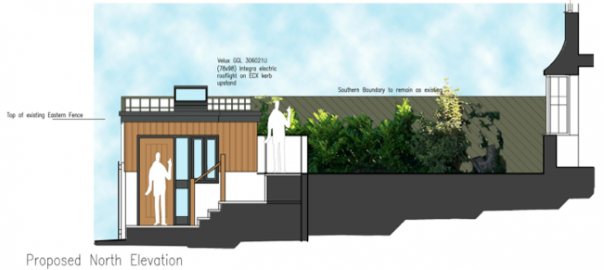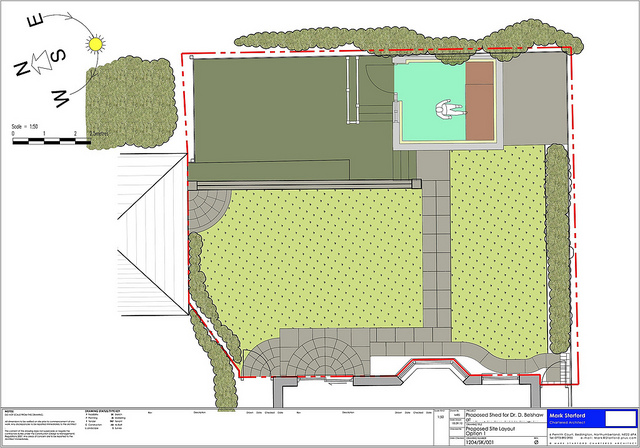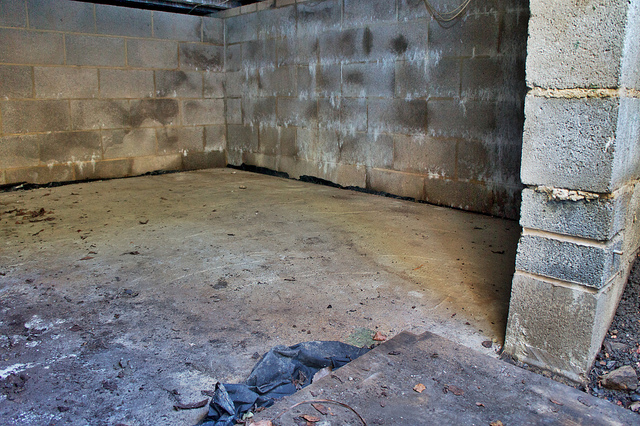Open Badges, Clay Shirky, and the tipping point.
The great thing about thinkers such as Clay Shirky is that they can put into pithy, concise quotations things that remain latent in our collective thinking. You know, things like:
We’ve reached an age where this stuff is technologically boring enough to be socially interesting.
I first used that quote in a post four years ago when I called for technology to be so commonplace and ubiquitous that it’s not considered a thing distinct from human interaction. Technology should be woven into the fabric of our identities not something set apart, alien and ‘other’.
Four years ago social networks weren’t woven into society the way they are now. Nowadays, of course, hashtags accompany the opening credits to television shows so that they can be discussed in a ‘channel’ on Twitter, it’s entirely normal to whip your mobile device when standing in a queue (instead of talking about the weather to a stranger), and you’d be shocked if brands didn’t encourage you to follow them on Facebook.
One way to explain this is through Clay Shirky’s lens: these things are now socially boring enough to be socially interesting. You can assume that almost the man or woman on the street knows what Facebook, Twitter and mobile devices are for without having to explain them first. That means we can talk about the next layer up- i.e. what we do with those tools.
Open Badges are still quite technologically interesting. There’s several aspects of them that the average person wouldn’t understand without having it explained. For example:
- What metadata is
- How an Open Badges consists of ‘baking’ metadata into an image
- That anyone can host a badge backpack because it’s Open Source software
- What is means that the various badge backpacks will be ‘federated’
Now, we could go about a mass education program and (relatively speaking) spend a lot of money helping people to learn about these things. But that’s not how things reach a tipping point. The way people become proficient with tools like social networks or Open Badges is because they scratch an itch (solve a problem) or because there’s a ‘hook’ interesting enough for them to be dragged, Alice in Wonderland-like into a deep rabbit-hole where they can find out more.
So in a UK context, Stephen Fry’s 2009 video interview where he explained his love of Twitter in layman’s terms meant that many people were provided a hook. In fact, this is how advertising and celebrity endorsement works: “I like Person X, and Person X likes Thing Y, so therefore I should find out more about Thing Y.” With Facebook, it was an itch to be scratched: when you’re excluded from a conversation because you’re not using a particular social network, then there’s a powerful incentive to join the tribe. Especially as the nominal cost of entry is ‘free’ and the difficulty level is ‘super easy’.
What we need with Open Badges, and which we’ll certainly have by early 2013, are compelling examples of how they can be used in education and other contexts. At the same time we’re working on ways to make ‘onboarding’ easier for issuers, displayers and endorsers. We’re also working on the UX and UI for badge earners. In other words, we’re ready for badges to be huge next year.
Watch this space. 🙂
Image CC BY Joi











